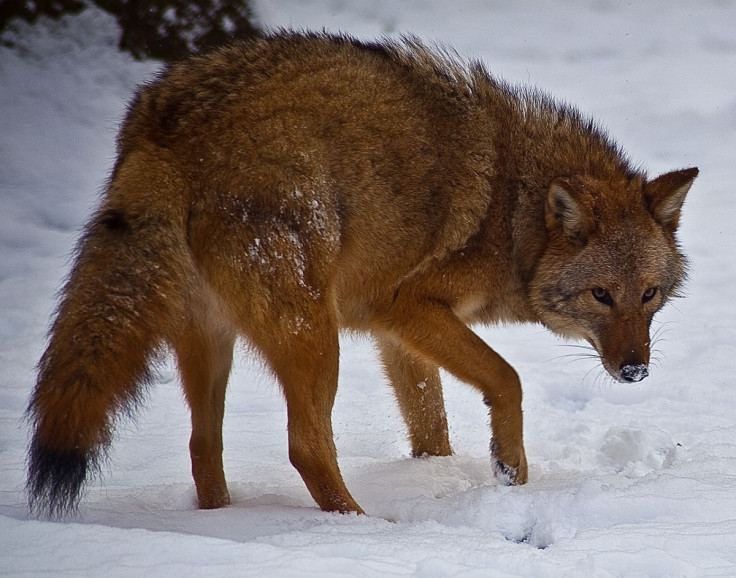Coywolf: The new species of wolf and coyote spreading across America

Over the past century, a new canine class has spread like wildfire over North America, with many not even realising that it is a new breed. The 'coywolf', as it has become known, is one of evolution's most recent success stories.
Scientists are unable to give an exact time of when this new animal came to existence, but they believe that it is most probably within the last 200 years, with the first sighting being recorded in 1919.
Deforestation and hunting of wolves in the 19<sup>th century in the USA left its mark on the population. As a result, what remained of gray, red and eastern wolves had to adapt their criteria for potential mates. Such was the scarcity of wolves that they turned their attention to other members of the canine variety.
Coyotes and domestic dogs were soon in the sexual crosshairs of wolves, and the rest is history. It is now thought that at least a million coywolves, or woyotes, reside in North America.
Scientists estimate that their genetic make-up is 10% dog, a quarter wolf and the rest coyote. While in appearance they most resemble coyotes, they are more wolf-sized, with bigger jaws, smaller ears and longer, faster-running legs. They weigh 25kg more than a purebred coyote.
Additionally, the coywolf has inherited advantageous traits from all three of its recent ancestors. Like wolves, it enjoys hunting in forest, whereas coyotes prefer to hunt in open plains, which the new breed is also happy to do. However, what has probably been most beneficial to them is that they are slowly becoming more accustomed to urban areas and are seemingly less afraid of humans – like dogs.
Furthermore, their diet has also expanded following the successful interbreeding. They have been known to eat anything from rats and cats to garden produce such as pumpkins, as well as an array of larger mammals.
However, it is too early to start calling the coywolf a new species. The Economist reports that an upcoming paper from Jonathan Way, of the National Park Service in Massachusetts, will argue that it is a species in its own right, but many scientists remain adamant that it isn't because of the coywolves' preparedness to mate with dogs, wolves and coyotes.
© Copyright IBTimes 2025. All rights reserved.






















